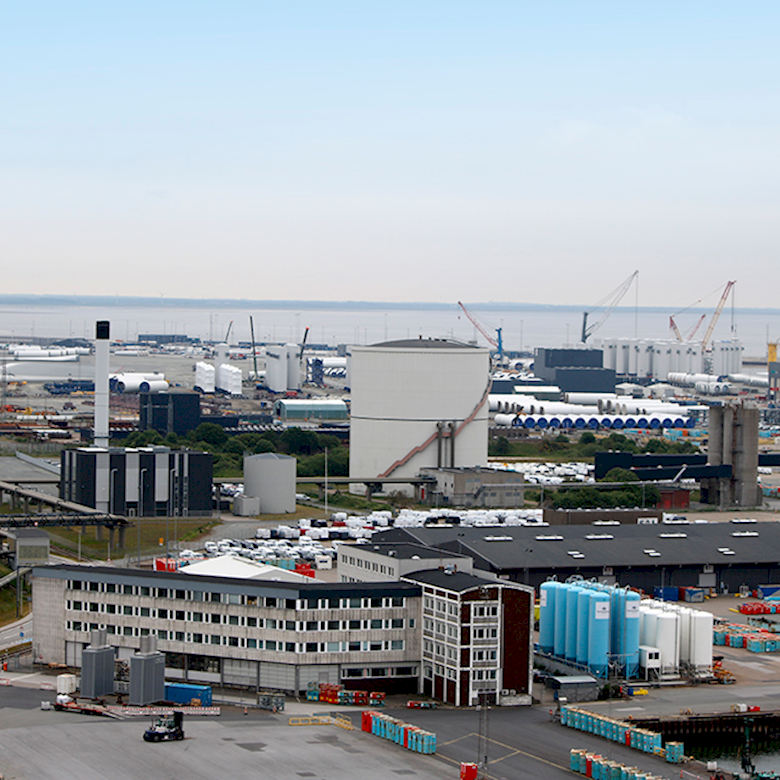Posted on Wednesday, August 19, 2020 by Keld Jensen
5 things to check off when choosing automated meter reading
When DIN Forsyning recently tested an all new meter reading technology, it wasn’t their first time trying their hands at remote reading. But as one of Denmark’s biggest utilities, they take their role in influencing the technological development very seriously and they want to enable smaller utilities to benefit from their learnings. In this blogpost, Operations manager, Keld Jensen, shares his five key takeaways for implementing automated meter reading.
With any journey comes experience, and we have always felt a responsibility to share it with our colleagues in the utility business – ultimately for our mutual benefit. In the following, I will therefore go through what I believe are among the most important reflections any utility should make when considering an automated meter reading solution.
#1: Define your needs
At DIN Forsyning It is our ambition to collect data through remote reading only. However, our distribution area is characterised by significant variations that require different types of remote reading, which is reflected in the number of technologies we use today. For example, the city of Esbjerg has concrete everywhere, while the smaller cities have large neighbourhoods with all single-family houses, and the more rural areas include hills, valleys and several hundred meters between the houses.
Another important factor is your needs in terms of operation and maintenance. How do you want to spend your man-hours? For us, a key focus point has been to limit the hours we spend on repairs and service so we can spend that time on tasks that create value instead – like optimising our network and providing more targeted guidance to our customers.
The fact that once size rarely fits all is old news within smart metering. But I mention it anyway, because it cements the importance of looking closely at (all) your needs before you start choosing the solution(s) to match them. And his brings me to my second point.
#2: Don’t be blinded
It’s easy to be tempted by what could become possible when the next generation of meters or systems is introduced. Or the one after that. But it’s important to stay focused on what you need today and tomorrow rather than what opportunities and features the future may or may not bring longer down the road. Also, keep in mind, that any new technology will experience challenges in its early stages affecting the time it takes before it will actually deliver as promised. We’ve learned from experience that what you see on paper, isn’t always what you get.
New technologies emerge all the time. But as a public utility company, it is our obligation to handle our customers’ money in the best way possible. That means having a long-term plan but choosing investments that deliver value within a foreseeable future.
#3: Choose the right partner
Number three on my list is perhaps my best advice of all: do not start cobbling together a makeshift solution yourself – they rarely work out as planned. Instead, partner up with an experienced solution provider who knows what they are talking about and can give you the help and guidance you need from the beginning to the end of your project.
Entering unknown territory will inevitably include a steep learning curve for everyone involved. So, choose a partner you trust and with whom you can have an open and honest dialogue – whether things go according to plan or not.
#4: Be the right partner
The importance of good partnerships isn’t limited to suppliers. Be sure to consider potential ones across the business as well. We’ve reached out to neighbouring utilities about potential collaborations on several occasions, and these types of partnerships often help not only lower the costs of the investments you make but also improve their efficiency. It could be anything from sharing a radio network with a utility nearby to collecting and delivering meter data directly to another utility – not to mention valuable knowledge sharing especially for smaller utilities.#5: Learn all you can
Right from the start we adopted a very structured approach to the roll-out and test of our linkIQ® network to ensure that we collected as much knowledge and as many learnings as possible. For example, the field test included 34 test meters that were brought home on rotation by 90 of our employees to determine the impact of different conditions and scenarios. Everyone filled out a form with details like what type of house they had, what year it was built, If the meter was placed in a room with or without windows etc. And we were equally systematic in the installation of the antenna sites, visiting each address to do individual site specifications and documenting all aspects concerning the installation.
We’ve done field tests before where we didn’t record our findings along the way, and eventually everyone forgets them. This time everything was accounted for, everyone knew what had to be done and we are now left with a highly accurate picture of what this technology can do.
New opportunities ahead
In the very beginning, manual reading cards, misreadings, follow-ups and customer inquiries meant that our annual reading cost us huge amounts of time and money. It took 10 people 14 days to ensure that all our data was received and recorded in our computer system. Today, with automated network reading we are looking into a whole other level of efficiency not to mention a new range of optimisation opportunities for our network, operations, maintenance and customer interaction. Our journey isn’t over, but we have come a long way.



